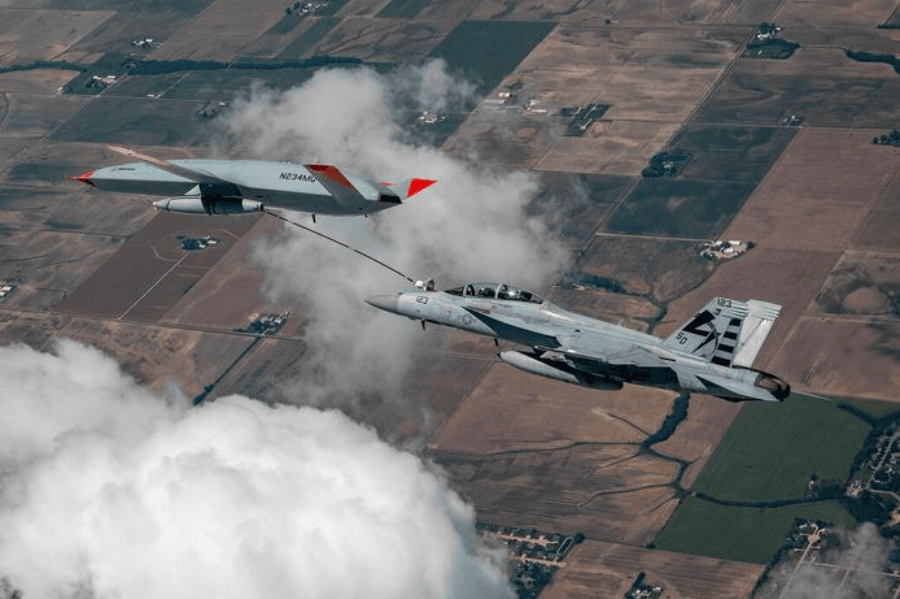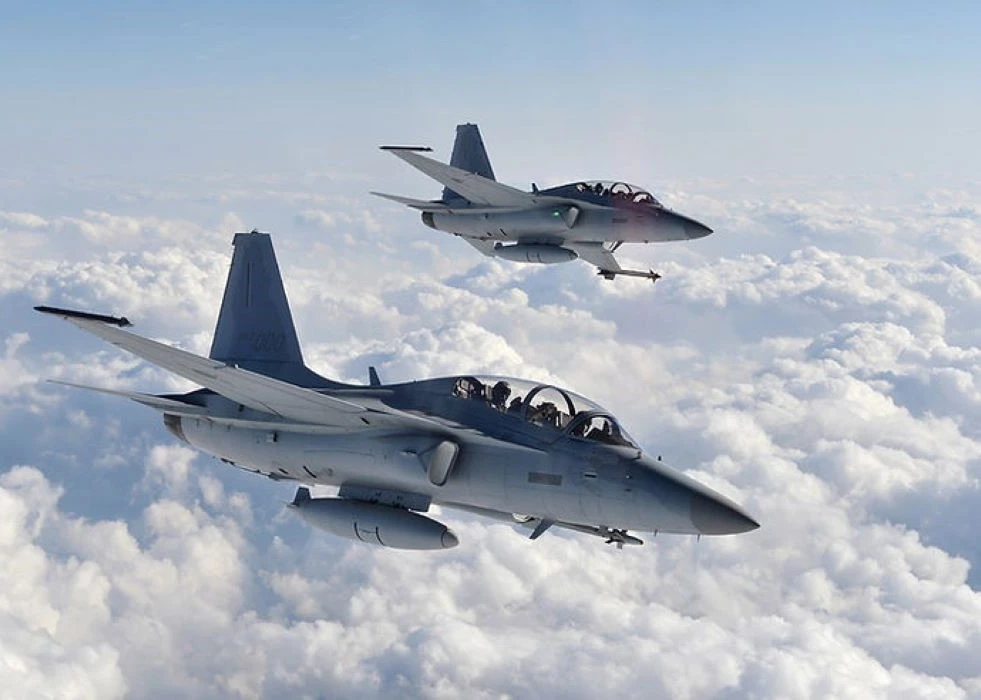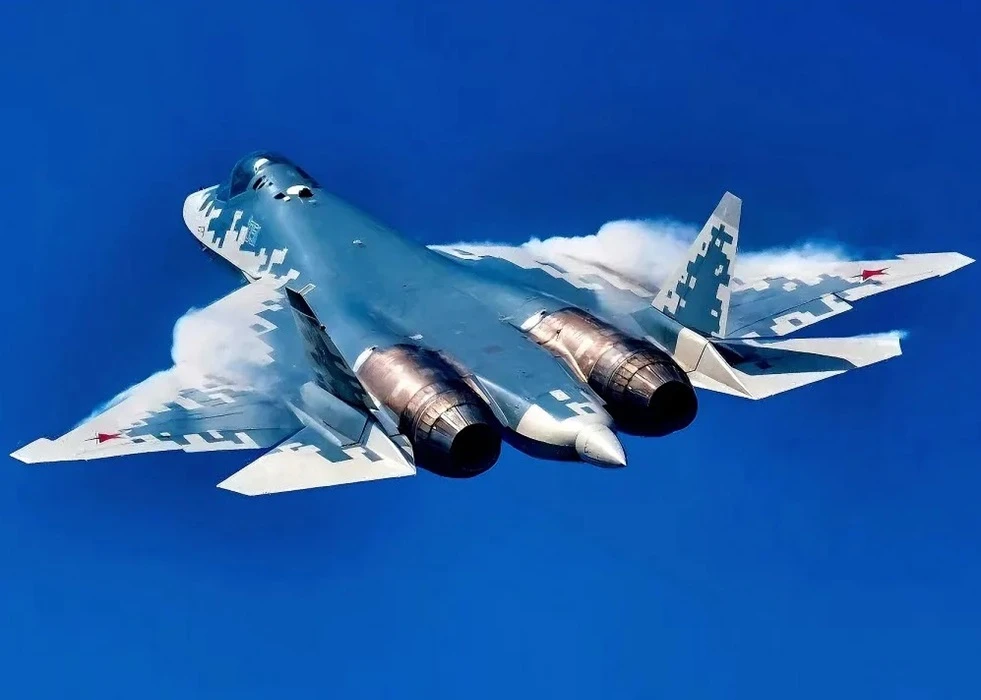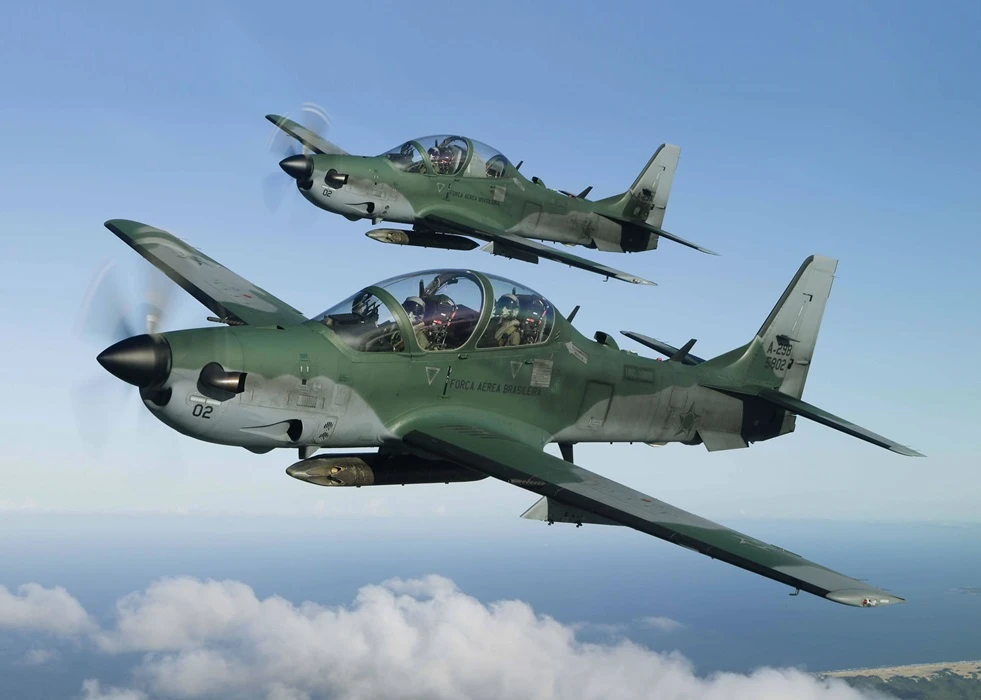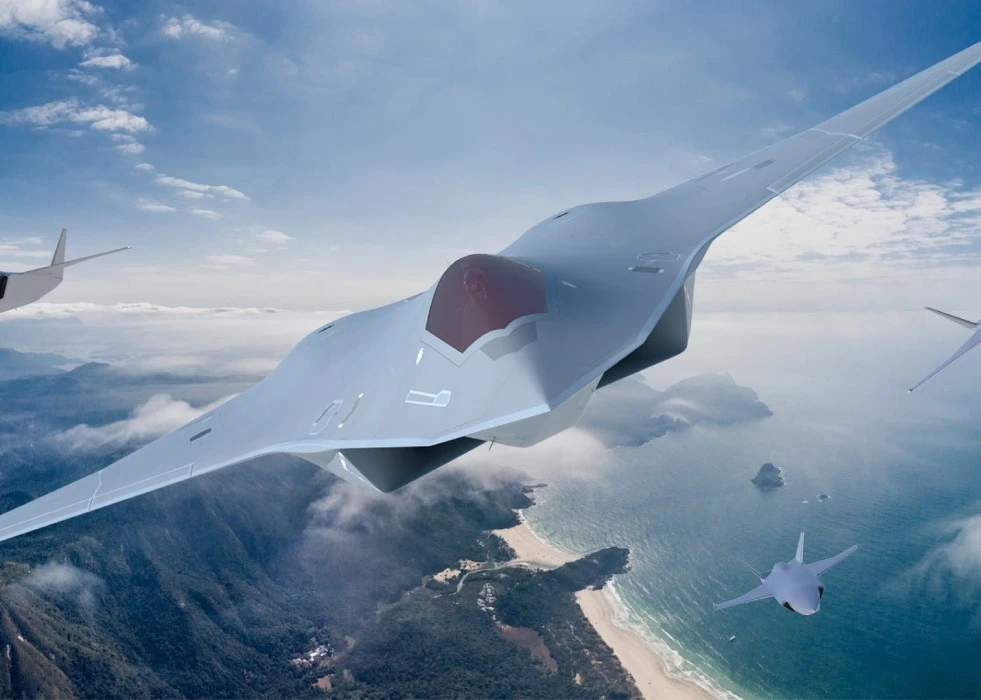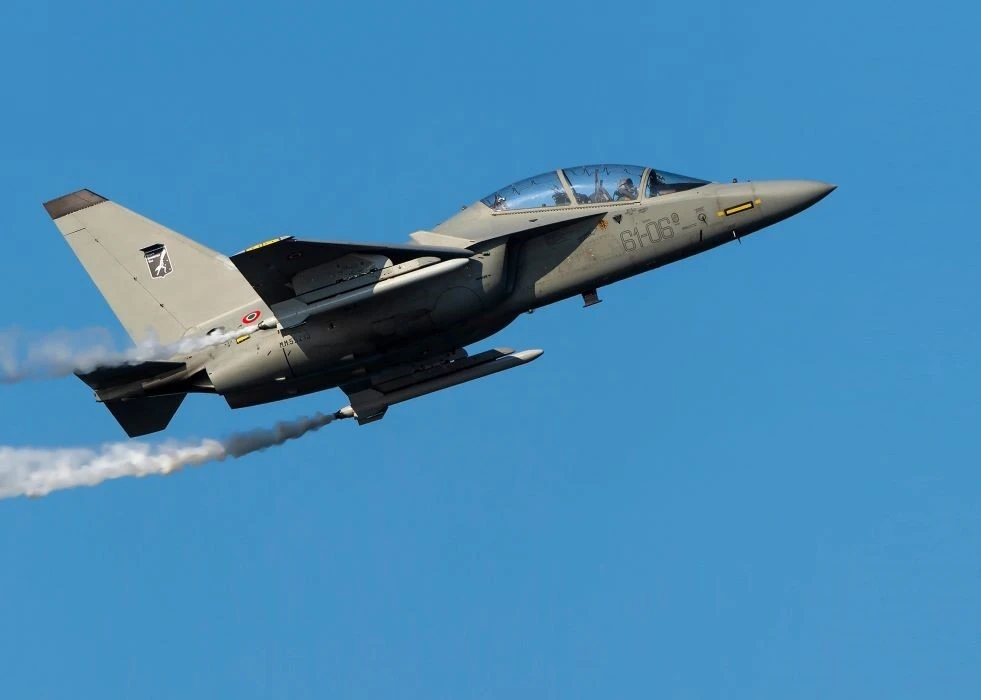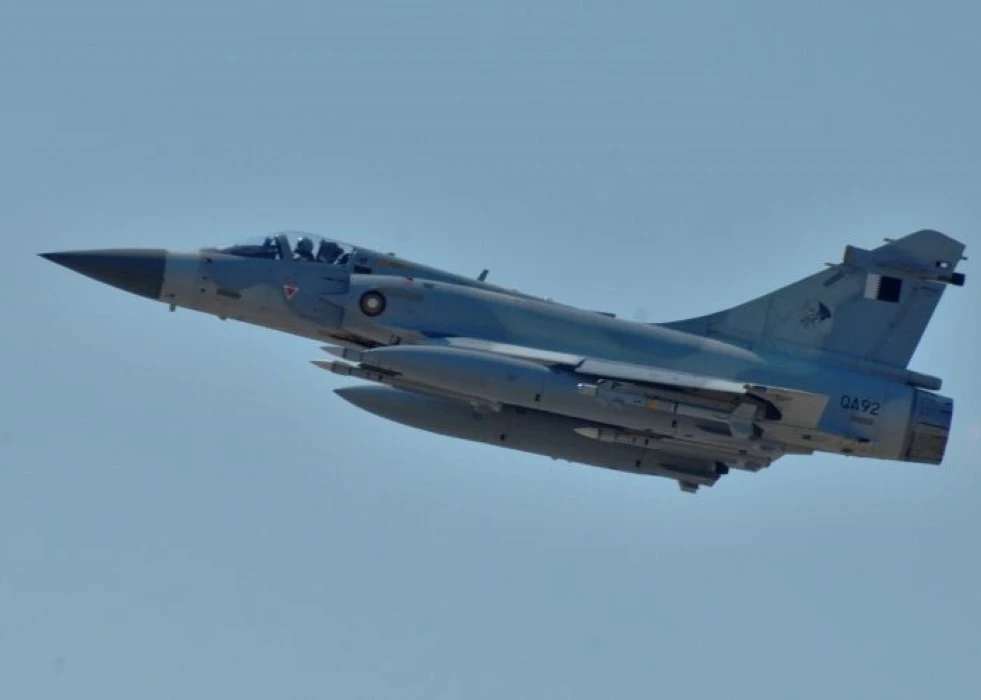This flight demonstrated that the MQ-25 Stingray could fulfil its tanker mission using the Navy’s standard probe-and-drogue aerial refuelling method.
“During the flight, the receiver Navy F/A-18 Hornet approached the Boeing-owned MQ-25 T1 test asset, conducted a formation evaluation, wake survey, drogue tracking and then plugged with the unmanned aircraft. T1 then successfully transferred fuel from its Aerial Refueling Store (ARS) to the F/A-18”, Naval Air Systems Command announced.
Testing with T1 will continue over the next several months, including flight envelope expansion, engine testing, and deck handling demonstrations aboard an aircraft carrier later this year.
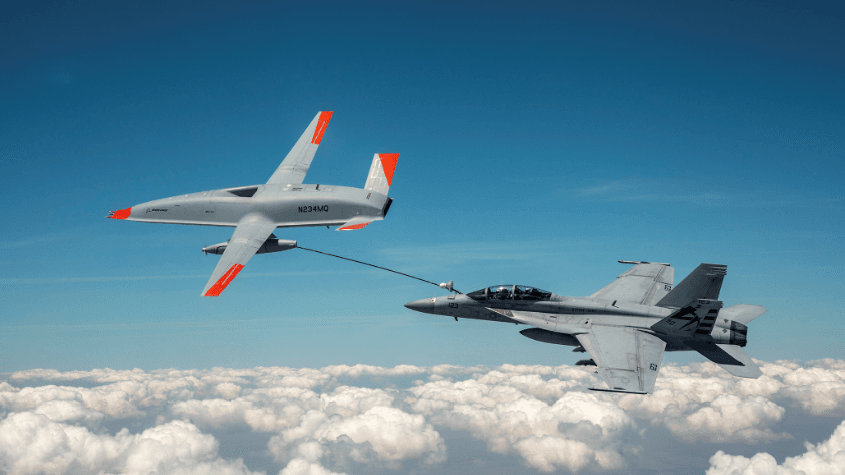
The MQ-25A Stingray will be the world’s first operational carrier-based unmanned aircraft and provide critical aerial refuelling and intelligence, surveillance and reconnaissance (ISR) capabilities.
The UAV completed its maiden test flight in September 2019 and received its experimental airworthiness certificate from the Federal Aviation Administration (FAA).
The initial operational capability of the aircraft is expected to be achieved by 2024. The unmanned aircraft will help reduce the dependence on F/A-18E/F combat strike fighters for tanking tasks and increase their availability for strike fighter missions. Boeing won the contract for MQ-25A in 2018. The Navy plans to buy 72 unmanned tankers with an estimated $1.3 billion.
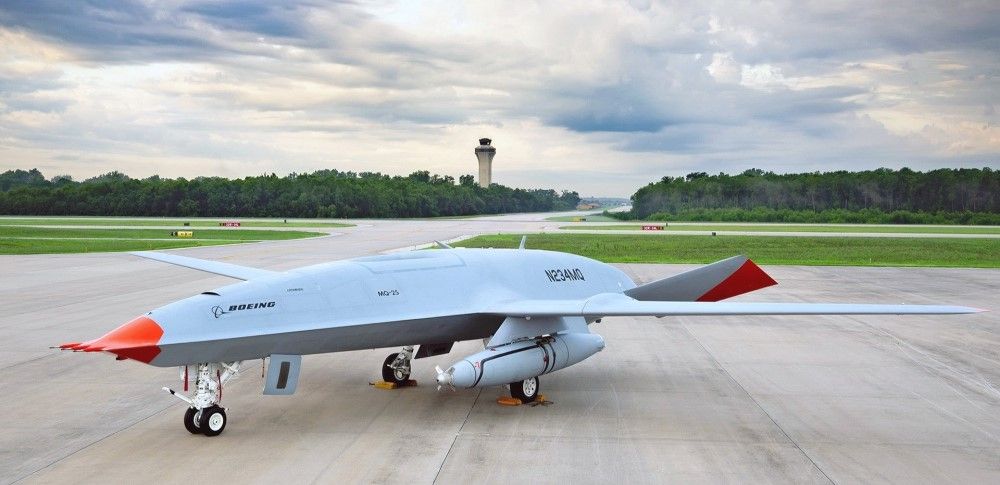
The MQ-25A will have the capability to deliver up to 6,800kg (15,000lb) of fuel to a distance of 926km (500nm). It can refuel the F/A-18 Super Hornet, EA-18G Growler, and F-35C fighter jets, significantly extending their range and time in the air.
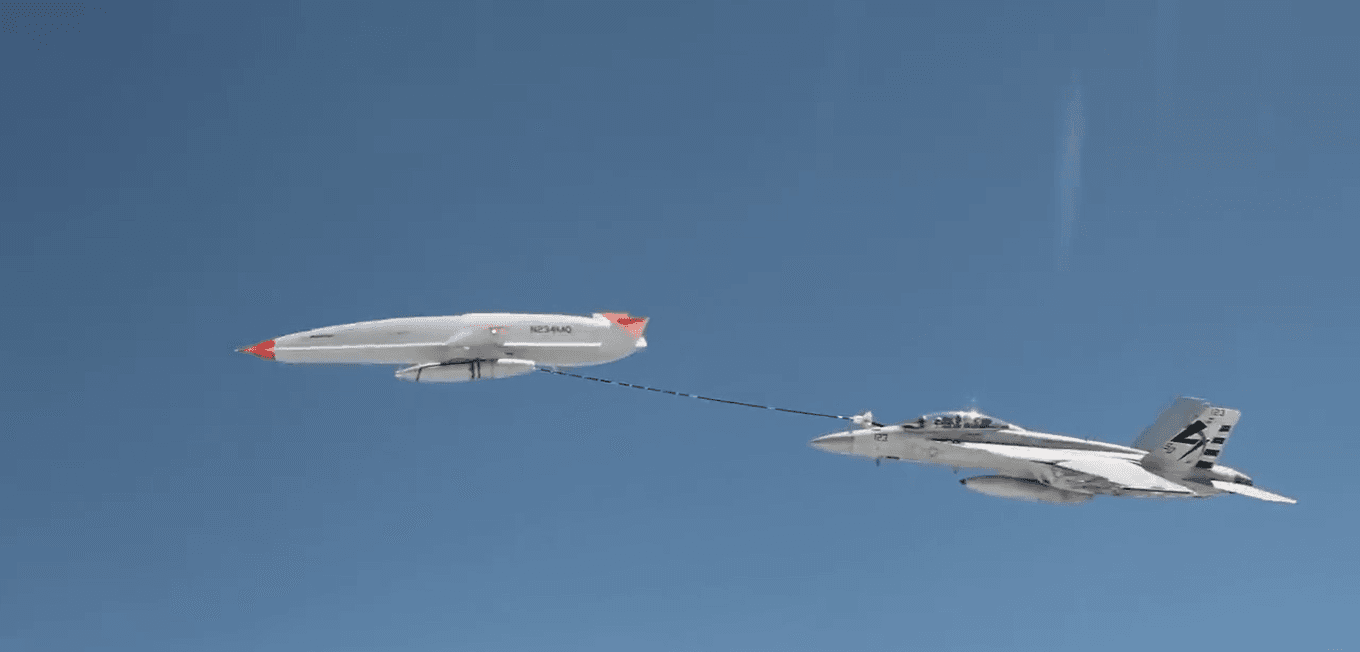
The refuelling operations will be carried out by using satellite and radio communications. In addition, the unmanned tanker will be integrated with the Navy’s traditional catapult launch and recovery systems.
The unmanned aircraft will be powered by a Rolls-Royce AE 3007N engine that generates more than 10,000lb of thrust and additional electrical power.
The AE 3007N engine is the latest member of the AE 3007 family of high-bypass turbofan engines.


